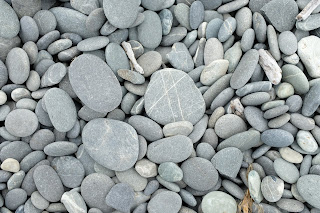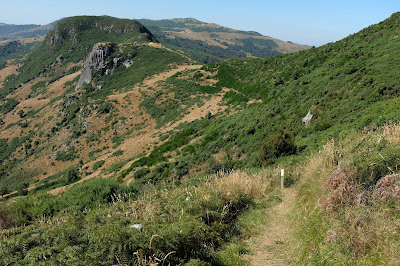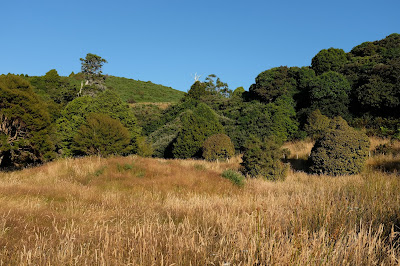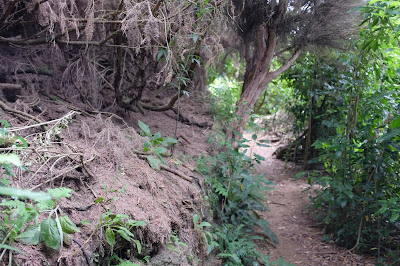The De Young Museum in San Francisco's Golden Gate Park. Was the palm planted after the building was built, was it there before, is there conscious choice?
In outside courtyard, the crack running through pavers and boulder as a reminder of San Francisco's seismic location.
The Oakland Museum of Art had an exhibit "The World of Charles and Ray Eames," with many of their designed objects, photographs, letters and diaries. Below is an excerpt from an interview with Charles Eames on design.
The following Design Q&A is an interview of Charles Eames by Madame L'Amic. It was in the 1969 exhibition 'Qu'est-ce Que le design' at the Musee des Art decoratifs in the Louvre and was made into a 'movie Design Q and A' in 1972. It is available at Herman Miller site:
https://www.hermanmiller.com/stories/why-magazine/design-q-and-a-charles-and-ray-eames/
Q: What is your definition of Design, Monsieur Eames?
A: One could describe Design as a plan for arranging elements to accomplish a particular purpose.
Q: Is Design an expression of art?
A: I would rather say it is an expression of purpose. It may, if it is good enough, later be judged as art.
Q: Is Design a craft for industrial purposes?
A: No but Design may be a solution for some industrial problems.
Q: What are the boundaries of design?
A: What are the boundaries of problems?
Q: Is Design a discipline that concerns itself only with one part of the environment?
A: No.
Q: Is it a method of general expression?
A: No, it is a method of action.
...
Q: Is there a Design ethic?
A: There are always Design constraints, and these often imply an ethic.
Q: Does Design imply the idea that a product is useful?
A: Yes, even though the use may be very subtle.
Q: Is it able to cooperate in the creation of works reserved solely for pleasure?
A: Who would say that pleasure is not useful?
Q: Ought form to derive from an analysis of function?
A: The great risk here is that the analysis may be incomplete.
......
Q: Does the creation of Design admit constraints?
A: Design depends largely on constraints.
Q: What constraints?
A: The sum of all constraints. Here is one of the few effective keys to the Design problem: the ability of the Designer to recognize as many of the constraints as possible; his willingness and enthusiasm for working within these constraints. Constraints of price, of size, of strength, of balance, of surface, of time, and so forth. Each problem has its own peculiar list.
Q: Does Design obey laws?
A: Aren't constraints enough?
.....
Q: Ought Design to tend towards the ephemeral or toward permanence?
A: Those needs and Designs that have a more universal quality lend toward relative permanence.
Q: How would you define yourself with respect to a decorator? an interior architect? a stylist?
A: I wouldn't.
Q: To whom does Design address itself: to the greatest number? to the specialists or the enlightened amateur? to a privileged social class?
A: Design addresses itself to the need.
Q: Have you been forced to accept compromises?
A: I don't remember ever being forced to accept compromises, but I have willingly accepted constraints.
Q: What do you feel is the primary condition for the practice of Design and its propagation?
A: A recognition of need.




















































